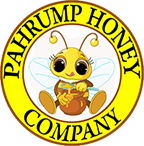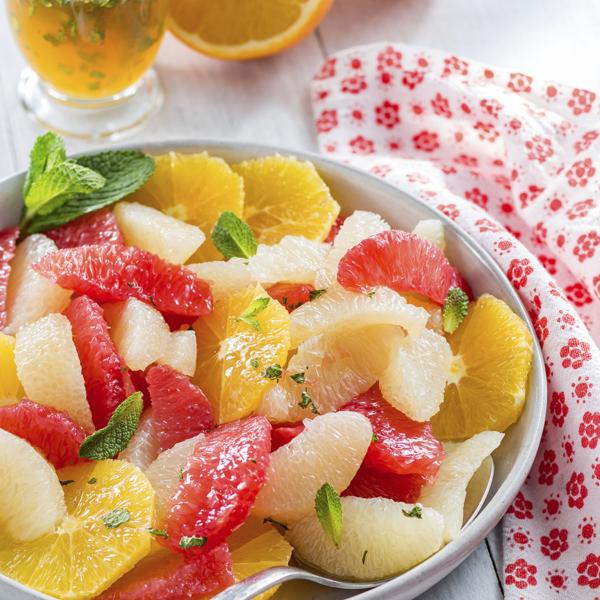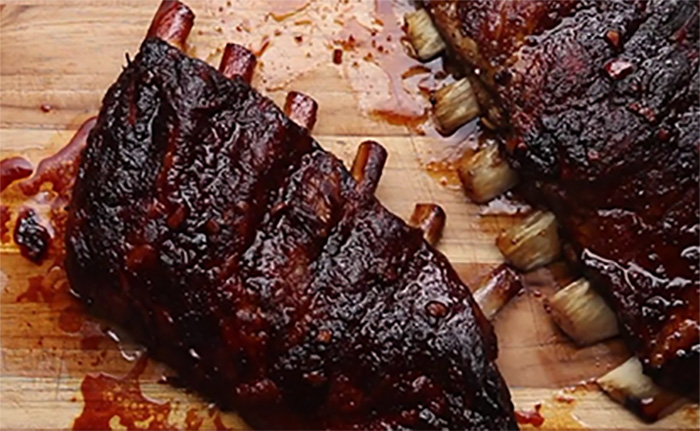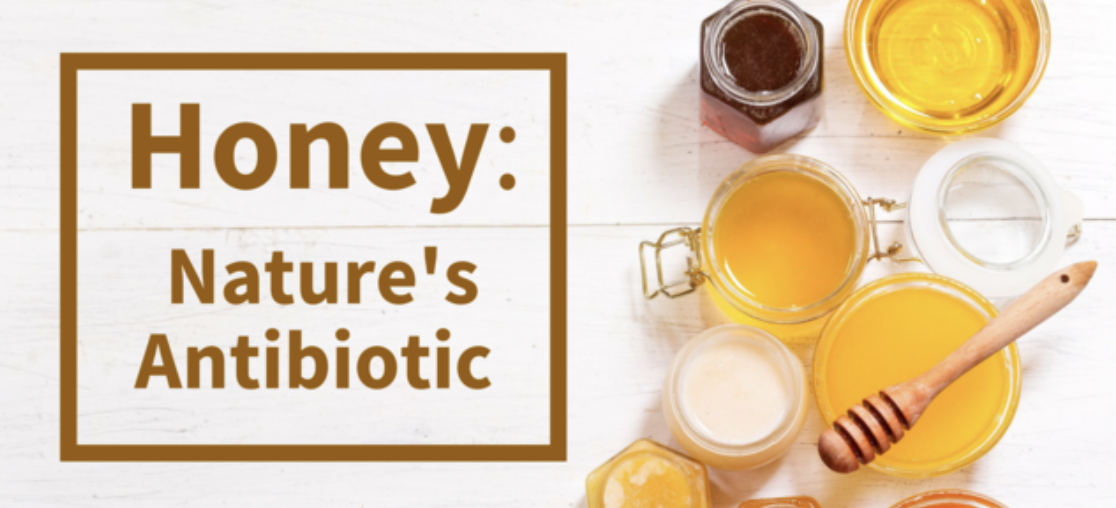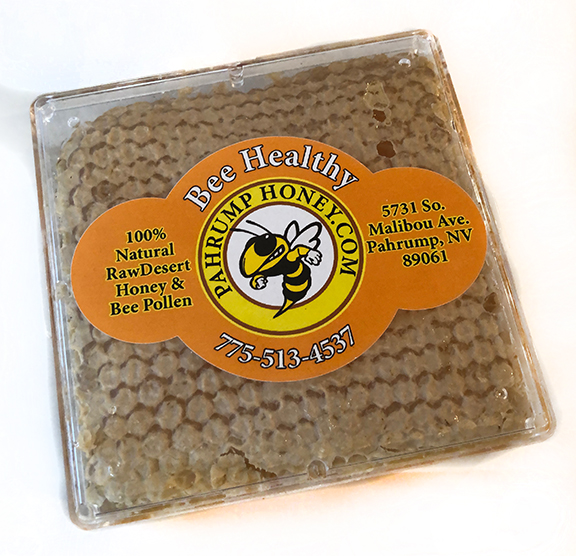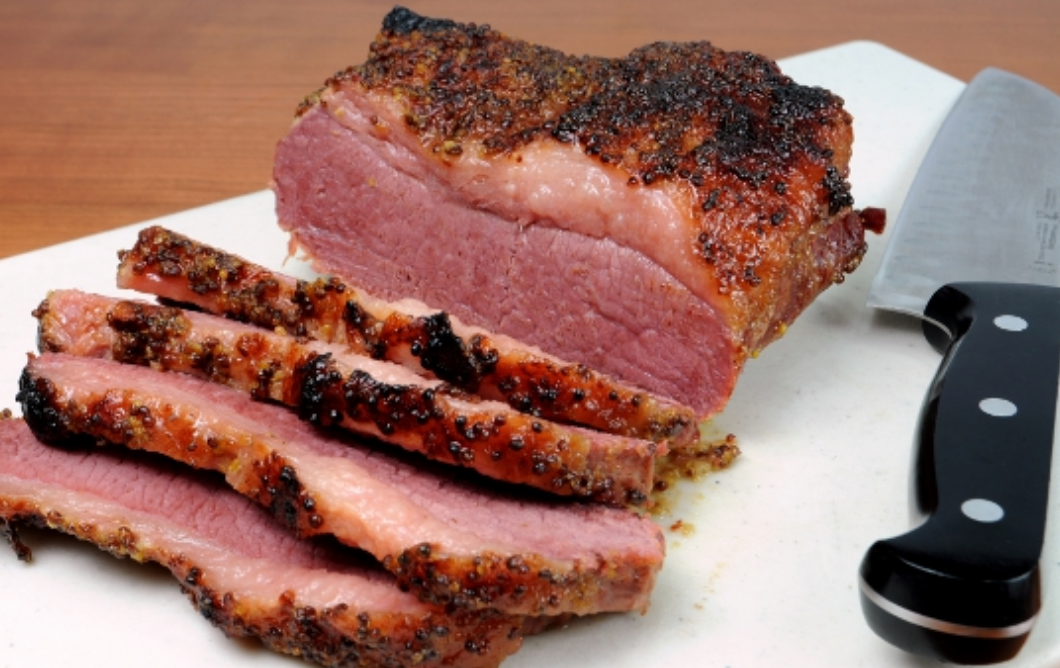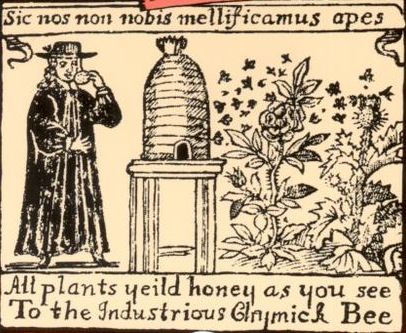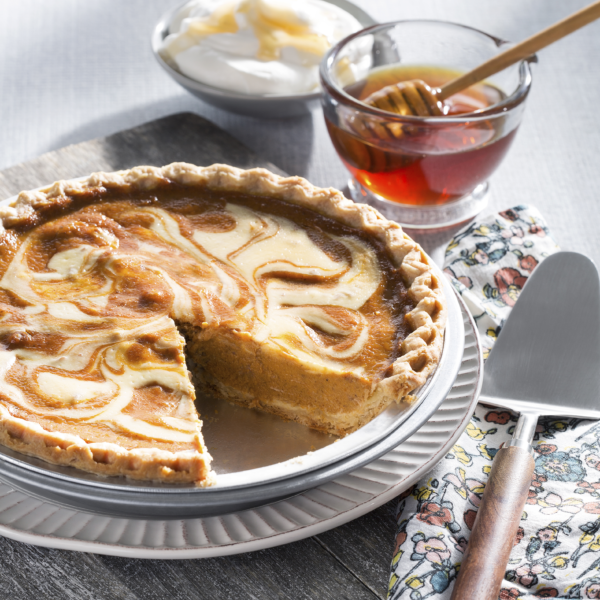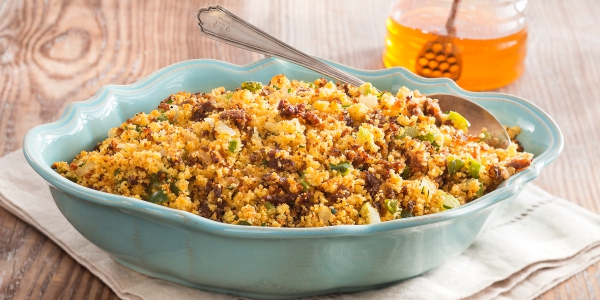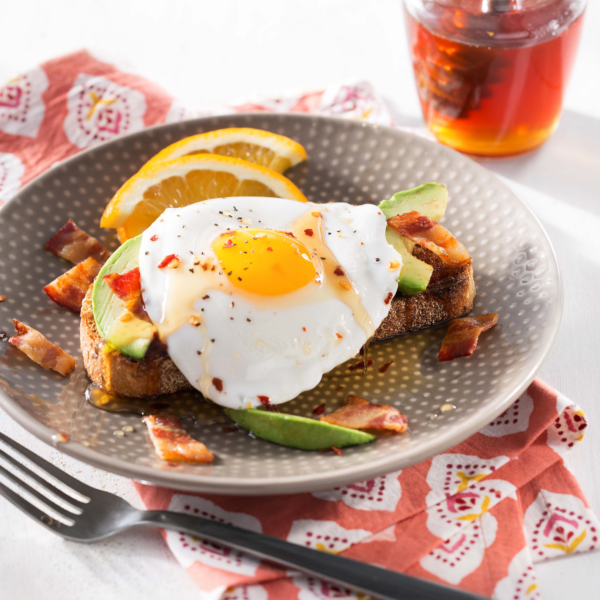
Royal jelly contains proteins, carbohydrates, fats, free amino acids, vitamins, and minerals. As its principal unsaturated fatty acid, Royal Jelly contains 10-hydroxy-2-decenoic acid (10-HDA), which may have anti-tumor and antibacterial activity and a capacity to stimulate collagen production. Increased collagen production is highly beneficial to skin health and the reason why products such as Collagen Protein and Active Collagen – they both increase collagen dramatically. Continue reading Royal Jelly Protects Skin from Sun and Boosts Collagen
